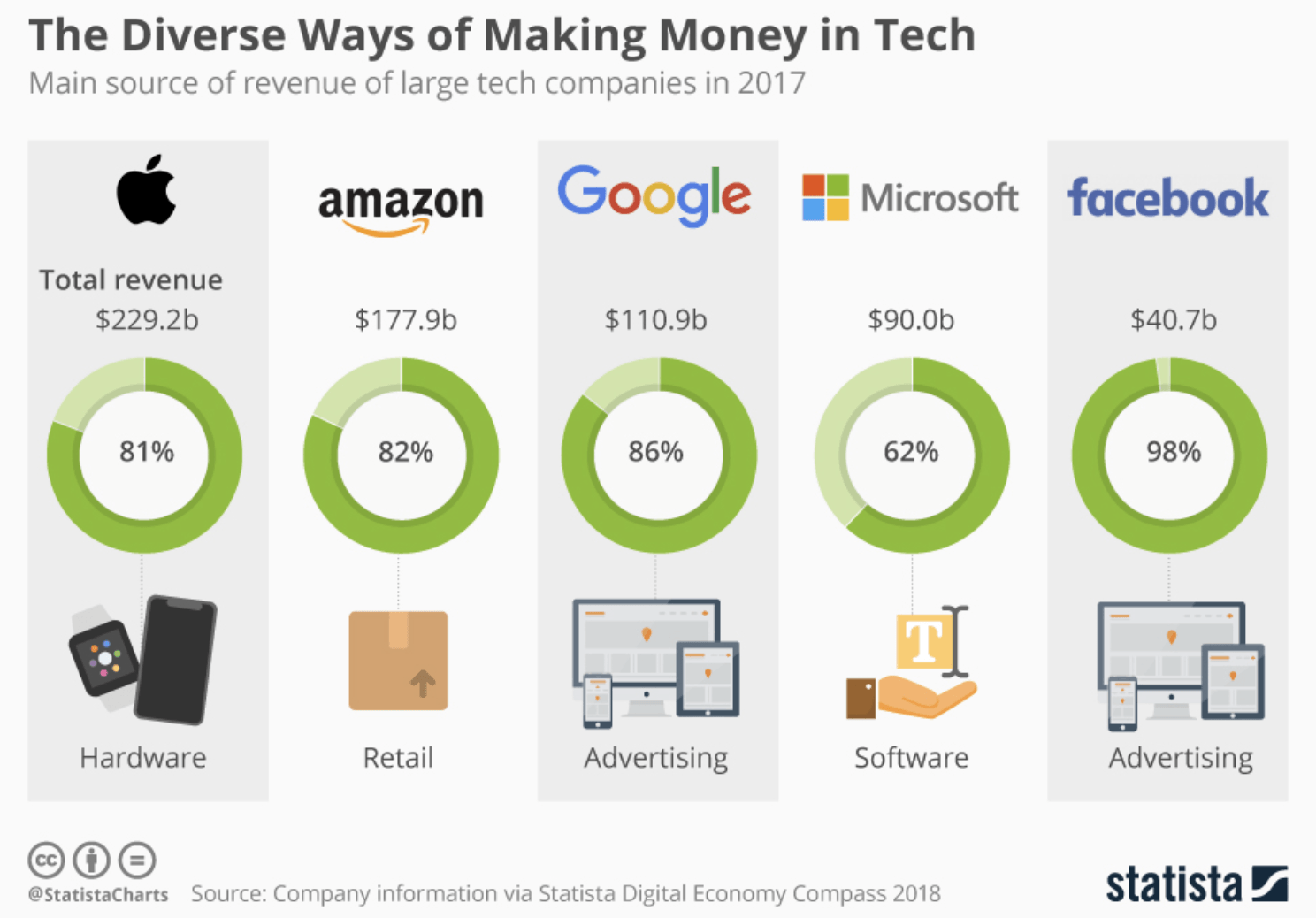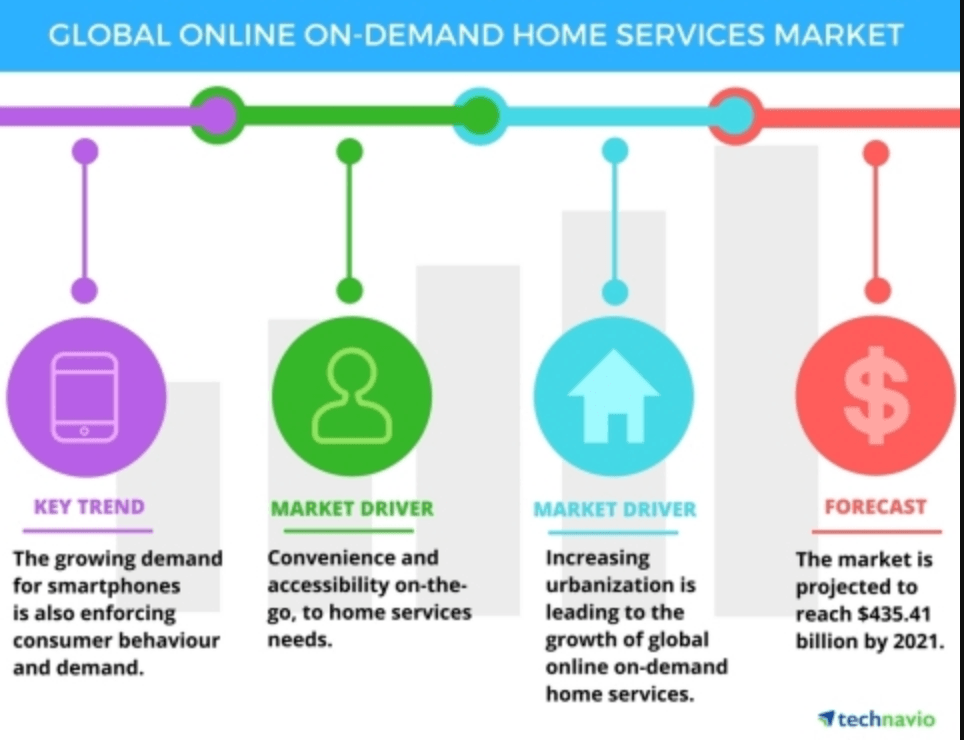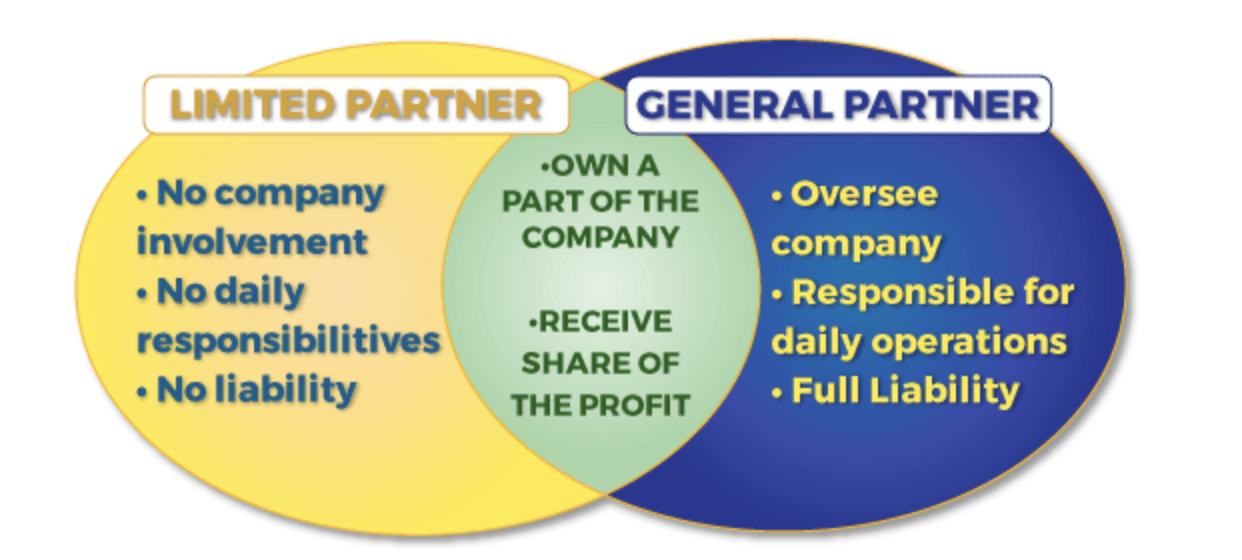Validating your business idea to ensure there’s a market out there for your product or service is only one aspect of starting a new business. The other crucial part is figuring out how you’re going to monetize your venture. This is where you pick a business model to pursue.
Here’s a quick business model definition:
A business model is the way a company provides value to its customers, gets paid for that value, and uses those payments to grow its profits.
In simple words, it’s the roadmap of how a business makes (or wants to make) money.
A slew of unique business models have popped up since the internet connected businesses to consumers from around the world. These business models have enabled news, media, and service-based companies to carve out places in the cutthroat online marketplace.
To give a business model example, software giant Microsoft has developed a number of cloud solutions that appeal to enterprises, including MS Dynamics, Office 365 and others. It follows the software-as-a-service model to make money, where it charges a monthly fee for access. Office 365 is now a multi-billion-dollar product with over 30 million subscribers.
It’s worth noting that you don’t necessarily have to invent a new business model to be successful as an entrepreneur.
Instead, you could leverage an existing business model and target a specific group of consumers. For example, websites mostly operate on the standard advertising business model but differentiate their strategy by targeting different types of audiences.
Also, if you feel you don’t have the time or the capacity to go at it alone, you could explore a business partnership.
In this chapter, we’ll give you a primer on the:
- Popular business models in existence
- Three types of business partnerships worth considering
All aboard! Let’s get sailing.

Don’t wait for someone else to do it. Hire yourself and start calling the shots.
Get Started FreePopular business models
The following are a handful of renowned business models you can use to start your own venture.
1. Affiliate marketing
Frequently practised for online businesses, the affiliate marketing model makes use of links integrated into content rather than banner ads that are easily identifiable. For instance, if you own a technology blog, you can include affiliate links to products within your content that allow visitors to buy the items you’re mentioning.
Through networks such as Amazon Associates, you can promote several types of products and receive a commission on every sale.
2. Software-as-a-service (SaaS)
The software industry has not shown any signs of slowing down. But instead of making money selling one-tier packages, the SaaS model attempts to capture the same type of ongoing revenue with recurring billing of account renewals.
With software-as-a-service, you host an app or software on your server, and typically charge a monthly fee for access. Of all the business models out there, this one is the costliest to launch as you’d need to develop the software first, but it can also lead to steady revenue and even a million-dollar company if you take the right approach.
3. On-Demand
The on-demand business model is where you meet customer demand through the instant provision of services. The success of companies like Lyft and Airbnb indicates there’s a big potential target market for apps that offer instant delivery, car booking, tour guides, and more.
Another factor to consider is the presence of early adopters. Even in growing economies like China, Brazil, and India, people have embraced on-demand companies along with the infrastructure they use. In fact, Airbnb has one of its biggest markets in Brazil. On-demand companies make money by charging a fee from vendors who sign up as service providers on their app/website.
4. Coaching or consulting
Online coaching or consultancy is another popular business model to consider. Through Google Hangouts or Skype, you can connect with individuals seeking training or advice in an industry you’re familiar with.
Here, you make money by charging a per-session or an hourly fee based on what suits you best. The entry cost for this type of business is low – it just includes any tools you need to start your business, such as a one-page website and messaging apps.
5. Services
This business model involves tapping into your own abilities and seeing if you have a skill that others are willing to pay for. Offering services like video editing, writing, or transcribing can be viable if you make the right connections, work hard, and land clients who’re ready to pay what your services are worth.
The expense of entry is almost the same as for coaching. You can, however, invest in growing your skills by getting a certification or two, most of which are free to pursue.
6. Advertising
The last on this list is a model that’s been around for long. It works when you produce content that audiences want to watch or read, and then display advertising in and around that content. Today, entrepreneurs run several forms of advertising on their sites.
One example is native advertising, where they integrate ads that match the look and feel of their website using native ad platforms like Taboola. The money comes in when people click on these ads.
[highlight]Note: As you ponder what type of business model you might choose, try and find a strategy that’ll allow you to differentiate yourself from competing businesses. Also, think about the cost associated with it. Do you have enough in the bank? Can you finance the implementation with ease? In Chapter 6, we’ll talk more about business funding and finances, but for now, select a business model or two to move forward. [/highlight]
Best business partnership options
If you are currently working solo, you probably know the feeling of having too much on your plate or being stuck creatively. If that’s the case, it may be time to give a serious thought to business partnership.
What is a business partnership? By definition, it’s a legal form of relationship formed through an official agreement between two or more people to operate and manage a company as co-owners. In most instances, bringing in a partner can provide you with access to a much richer pool of ideas and financial resources.
Business partnerships exist in several different forms, but we’ve shortlisted three of the most suitable ones for aspiring entrepreneurs. We’ve also highlighted some advantages and disadvantages of partnership and compared them with the advantages and disadvantages of sole proprietorship. Take a look to see which one may be right for you and your venture.
General partnership
General partnerships are the basic version of a business partnership where two or more people represent a company and have equal rights to decision making, management and control of the organization. Profits are distributed on an equal ratio among partners and liabilities are shared equally as well. The downside is that if one of the partners gets sued, each partner will be held accountable.
Limited partnership
A limited liability partnership is where one partner has unlimited liability while the liability of all other partners is limited. Most of the decision making is done by the unlimited liability partner. Limited partners are rarely involved in day-to-day operations. In many cases, limited liability partners are merely investors who invest in the company to receive a share of company profits. Net payouts are subjected to partners’ personal tax returns.
Limited liability partnership
Limited liability partnerships provide limited liability to all partners. This implies that every co-owner is secure from the legal and financial slipups of other partners, and their liability is only limited to that individual’s investment in the company. Profits are equally distributed to each partner at the end of a fiscal year.
Which business partnership should you choose?
Over the last decade, limited liability partnerships have grown in popularity as they offer more limited liability to the partners (as suggested by their name). But you’ll still see instances of companies where specific partners wish to be limited in the scope of operations and they just want to inject money for a share of profits.
With that said, the business partnership you end up choosing will depend on your financial capacity and whether you’d be comfortable in involving others in the day-to-day operations of your business.
Partnering up vs. going solo
Bringing on a new partner will certainly enhance the scope of your venture beyond where you can take it yourself, but going solo gives you full control and autonomy of your business. Each approach has its own benefits. Here are some factors to consider when choosing between the two:
Advantages and disadvantages of partnership
If you like to discuss things with others before making an important decision, a business partnership can be a good move for you. While you can still take the opinion of others as a sole proprietor, there’s a big difference between taking opinions and having a partner who’s equally response for the outcome. Partners can put their heads together and come up with a strategy, and that collective brainstorming can be incredibly powerful. Another big plus to business partnership is that the incoming partner usually injects cash into the company to help it grow.
However, you can’t just get up and call the shots without running ideas by your partner. This can be time consuming, especially when you have multiple partners with equal rights to management. Also, there’s always the risk of you and your partner having a fall out, and you might have to step back and cool down before resuming talks with a partner. A clear description of roles and written agreements can help reduce the intensity of tension in business partnership.
Advantages and disadvantages of sole proprietorship
If you want to keep things straightforward and detest the idea of answering to others, sole proprietorship may be your best bet. Sole proprietorship allows you to be your own boss, and keep whatever you earn without having to share profits. You also enjoy the benefits of fewer distractions, completing projects without having to trust others, and doing what needs to be done effectively.
The caveat, of course, is that when you get the fame, you’ll also get the flame. If a decision results in a negative outcome, you’ll need to take full responsibility, while in a partnership you might be able to escape notorieties. Also, you’ll either need to take out a loan or inject your own money into the business – there’s no outside injection of cash into the business.
Which one is the best option for you?
There’s no right or perfect answer to this question. The type of business structure you end up choosing will depend on what’s important to you. If you wish to keep more control over decision-making and day-to-day management, operating a sole proprietorship may be more viable as a structure. If, however, your main interest revolves around having good startup capital, partnership can be a more suitable choice for your business.
Now that you have a good grasp of business models and partnerships, it’s time to look at all the financing options available to you.
In the next chapter, we introduce you to the different ways to fund a business, from general loans to crowdfunding to financing out of pocket.







